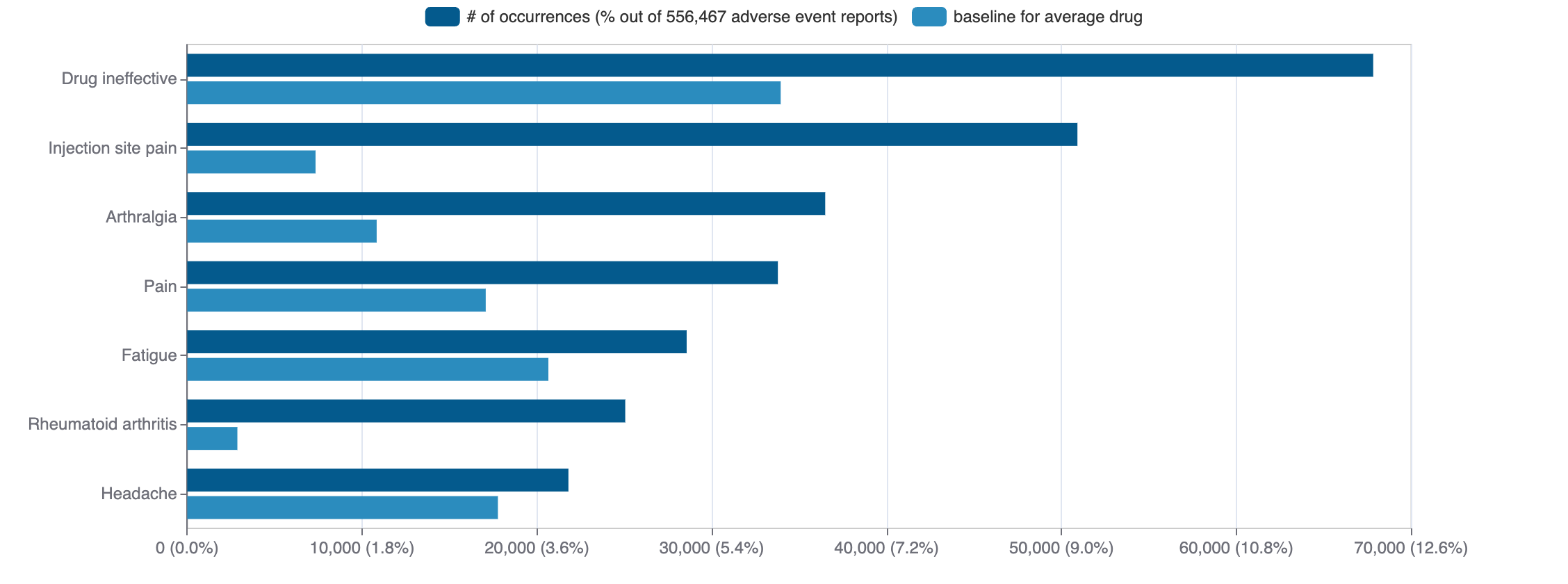Incobotulinumtoxina
Xeomin (incobotulinumtoxina) is an unknown pharmaceutical. Incobotulinumtoxina was first approved as Xeomin on 2010-07-30. It is used to treat blepharospasm, dystonia, fissure in ano, genetic skin diseases, and muscle rigidity amongst others in the USA.
Download report
Favorite
Commercial
Therapeutic Areas
Trade Name
FDA
EMA
Xeomin
Drug Products
FDA
EMA
Reference product - 351(a)
Reference product - 351(a)
Interchangeable product - 351(k)
Interchangeable product - 351(k)
Biosimilar product - 351(k)
Biosimilar product - 351(k)
Incobotulinumtoxina
Tradename | Proper name | Company | Number | Date | Products |
|---|---|---|---|---|---|
| Xeomin | incobotulinumtoxinA | Merz | N-125360 RX | 2010-07-30 | 3 products |
Labels
FDA
EMA
Brand Name | Status | Last Update |
|---|---|---|
| xeomin | Biologic Licensing Application | 2021-04-27 |
Indications
FDA
EMA
Indication | Ontology | MeSH | ICD-10 |
|---|---|---|---|
| blepharospasm | — | D001764 | G24.5 |
| dystonia | HP_0001332 | D004421 | G24 |
| fissure in ano | HP_0012390 | D005401 | K60.2 |
| genetic skin diseases | — | D012873 | — |
| muscle rigidity | HP_0002063 | D009127 | — |
| strabismus | HP_0000486 | D013285 | H50.2 |
Agency Specific
FDA
EMA
No data
Patent Expiration
No data
ATC Codes
No data
HCPCS
No data
Clinical
Indications Phases 4
No data
Indications Phases 3
No data
Indications Phases 2
No data
Indications Phases 1
No data
Indications Without Phase
No data
Epidemiology
Epidemiological information for investigational and approved indications
View more details
Drug
General
| Drug common name | INCOBOTULINUMTOXINA |
| INN | — |
| Description | Botulinum toxin, or botulinum neurotoxin (BoNT), is a neurotoxic protein produced by the bacterium Clostridium botulinum and related species. It is also known as Botulin, the density of which is predicted to be 1.5±0.1 g/cm3.
It prevents the release of the neurotransmitter acetylcholine from axon endings at the neuromuscular junction, thus causing flaccid paralysis. The toxin causes the disease botulism. The toxin is also used commercially for medical and cosmetic purposes.
|
| Classification | Neurotoxin |
| Drug class | — |
| Image (chem structure or protein) | |
| Structure (InChI/SMILES or Protein Sequence) | — |
Identifiers
| PDB | — |
| CAS-ID | — |
| RxCUI | — |
| ChEMBL ID | CHEMBL2108035 |
| ChEBI ID | — |
| PubChem CID | — |
| DrugBank | DB00083 |
| UNII ID | — |
Target
Agency Approved
No data
Alternate
No data
Variants
Clinical Variant
No data
Financial
No data
Trends
PubMed Central
Top Terms for Disease or Syndrome:

Mock data
Subscribe for the real data
Subscribe for the real data
Additional graphs summarizing 918 documents
View more details
Safety
Black-box Warning
Black-box warning for: Xeomin
Adverse Events
Top Adverse Reactions

Mock data
Subscribe for the real data
Subscribe for the real data
1,973 adverse events reported
View more details
Premium feature
Learn more about premium features at pharmakb.com
Learn more
